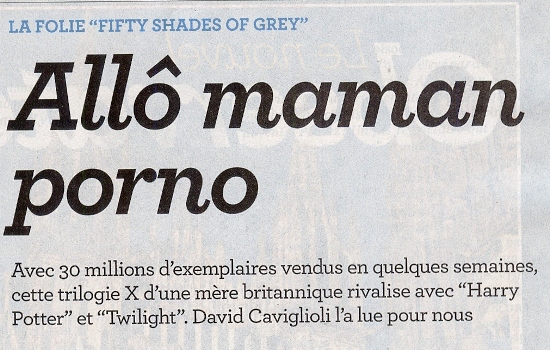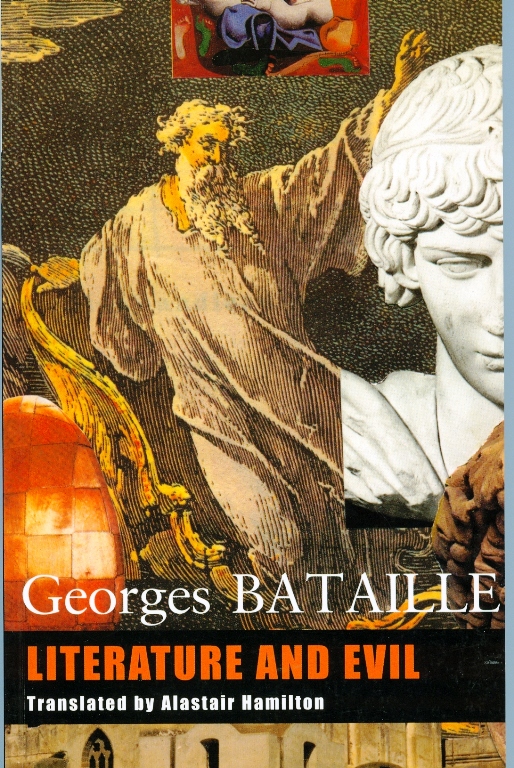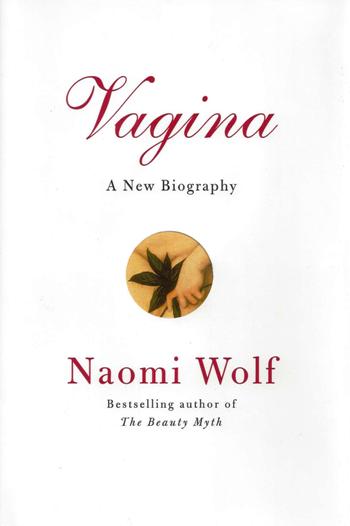|
It's the
fastest-selling novel for adults of all time – and it's very adult in
content.
Why have millions of women been seduced by Fifty Shades of Grey, asks
Zoe
Williams
Cái sự kiện
bán chạy khủng khiếp của Maman Porno đang làm giới văn chương điên đầu!
Vagina: Một tiểu sử mới
Khám phá mặc
khải của cuốn sách mới về "hĩm” là:
The more I learned, the more I
understood the ways in which the vagina is part of the female brain,
and thus
part of female creativity, confidence, and even character.
Tôi càng học tôi càng
hiểu đường hướng theo đó, hĩm là phần thuộc não người nữ [khác quan
niệm hĩm
thuộc nhục thể, nhục dục], và do đó, là phần sáng tạo nữ, sự tin cậy,
và ngay cả tính tình.
Pride and
Prejudice
September
27, 2012
Zoë Heller đọc
“Hĩm, 1 tiểu sử mới”
Với
Shakespeare, nó là cái "lỗ đáng ghét, u tối, uống máu". Với Henry
Miller,
nơi chốn "âm u, ẩm ướt, rậm rạp Thượng Đế thường xuyên mò tới", tam
giác... sắt, mảnh
đất xéo, "đặc biệt", giữa hai cẳng của phụ nữ, "Cổng Thiên Đường" đối
với những đạo
sĩ Tầu, ngao, hĩm, nghêu, bướm… và đủ thứ tiếng tực tĩu khác…
In a wife I
would desire
What in whores is always found
William Blake
Bataille trích dẫn, trong
Văn chương và Tà ma [Literature and Evil]
Hai câu thơ
trên, Gấu không dám dịch!
Nhưng, sẽ giới thiệu cuốn của Bataille!
Bạn thử nghé
mắt đọc, bài Tựa của chính Bataille:
I belong to
a turbulent generation, born to literary life in the tumult of
surrealism. In
the years after the Great War there was a feeling which was about to
overflow.
Literature was stifling within its limitations and seemed pregnant with
revolution.
These
studies, which are so strikingly coherent, were written by a mature
man. Yet
they were generated in the turbulence of his youth, and they faintly
echo this.
I find it
significant that a part of the first version of these essays should
have
appeared in Critique, a review which owed its success to its serious
character.
But I must add that, if I occasionally had to rewrite them, it is
because, at first,
I could provide no more than an obscure expression of my ideas owing to
the
turmoil in my mind. Turmoil is fundamental to my entire study; it is
the very
essence of my book. But the time has come to strive towards a clarity
of consciousness.
I say the time has come ... But there are moments when time almost
seems to be
lacking, or at any rate pressing.
These
studies are the result of my attempts to extract the essence of
literature.
Literature is either the essential or nothing. I believe that the Evil
- an
acute form of Evil - which it expresses has a sovereign value for us.
But this concept
does not exclude morality: on the contrary, it demands a
'hyper-morality'.
Literature
is communication.
Communication requires loyalty. A rigorous morality results
from complicity in the knowledge of Evil, which is the basis of intense
communication.
“Ngao” thì từ
thời bà E Và, vưỡn thế, dù bi giờ, có nghệ thuật dao kéo, kim chỉ phù
trợ.
Nhưng
cách
nhìn ngao, theo tác giả cuốn sách, khác hẳn xưa: Một tiểu sử mới!
Gấu đọc
bài
điểm sách trên Người Kinh Tế, đã mê rồi,
bèn tậu về, tính đi vài đường....!

Female
sexuality
Tunnel of
love
Vagina: A
New Biography. By Naomi Wolf.
Ecco; 400
pages; $27.99. Virago; £12.99
FOR
Shakespeare it was a "detested, dark, blood-drinking pit"; to Henry
Miller,
"that bushy twat". That special place between a woman's legs has been
a "Heavenly Gate" to Chinese Taoists, and a "gash" or worse
in contemporary slang.
Each term is
a cultural Rorschach test, writes Naomi Wolf, conveying a mess of
anxiety and
desire about the female sex and informing the way women view
themselves. The
problem, she argues in "Vagina: A New Biography", is that despite
decades
of so-called sexual liberation, "the vagina is not nearly as free today
in
the West as we are led to believe."
A practised
provocateur, Ms Wolf is never content simply to write a book. Her métier is the call-to-arms, laying bare
the injustices of womanhood and contemporary life. So it is with
"Vagina", an ambitious and sprawling lament for the female sex organ,
which she claims is both "seriously misunderstood" and disrespected.
As evidence,
she points to widespread sexual malaise among Western women, who
complain of
fading libido and an inability to reach orgasm, despite a surfeit of
opportunities.
The trouble, she writes, is not only that conventional wisdom about
female sexuality
is "badly out of date", but also that the needs of women are very
different from those of men.
Ms Wolf's
"journey" to understanding the female body better began after she
discovered
a problem with her own orgasms. They still felt good, mind you, but
were less meaningful
somehow-she reports that she saw fewer colors, felt fewer dimensions.
It turns
out that she needed spinal surgery. The female pelvic neural network is
surprisingly complex, she learns; more so than men's. The neural
pathways that connect
a woman's clitoris, vulva and vagina to the spinal cord-and from there
to the
brain-are unique to every woman. This means that women receive pleasure
in
different ways, despite what has been a long history of shame-inducing
theories
about what part of the vagina should deliver orgasm (the vulva, said
Freud; the
clitoris, said 1970s feminists).
The fashion
today is to shore up most theories of human behavior with a bit of
neuroscience,
and Ms Wolf obliges. This "new science" of female sexuality leads her
to some giddy revelations, such as "dopamine is the ultimate feminist
chemical in the female brain"; when it is released during sex, it makes
women feel more confident and creative. Indeed after conversations with
gynaecologists and scientists, tantric healers and other women, Ms Wolf
concludes
that there is a "profound brainvagina connection". The
"well-treated vagina", Ms Wolf writes, "is a medium that releases,
in the female brain, what can be called without exaggeration the
chemical components
of the meaning of life itself."
This book is
entertaining and appalling in turns, with language that tends towards
the
outlandish ("The vagina may be a 'hole'; but it is, properly
understood, a
Goddess-shaped one."). Ms Wolf also has a habit of stretching concepts
past their breaking point-such as her theory that women are more prone
to mysticism
than men, owing to the fact that they are capable of producing more
dopamine
during sex. Some women may bristle at the notion that they are "more
easily addicted to love and to good sex" than men are. And men may
grimace
at Ms Wolf's proposed solution for the problems of this sexually
anxious age:
"a sweeping change in how most straight men behave in bed with most
straight women."
But there
are also some worthy ideas to salvage here. At a moment when a
politician has
been making absurd pronouncements about a woman's natural defences
against
"legitimate rape", Ms Wolf offers a handy and often unsettling primer
for the ways the vagina has been an ideological battleground throughout
history. From early Christian views of the vagina as "a temple built
over
a sewer" to more recent mandatory vaginal examinations for female
protesters in Egypt during the Arab spring, the vagina has long been a
target
for unwieldy ideas about a woman's place in the world. Surely there is
room for
some of Ms Wolf's own theories about its importance as a locus of
pleasure, too.
•
The
Economist Sept 8 2012
|
|




